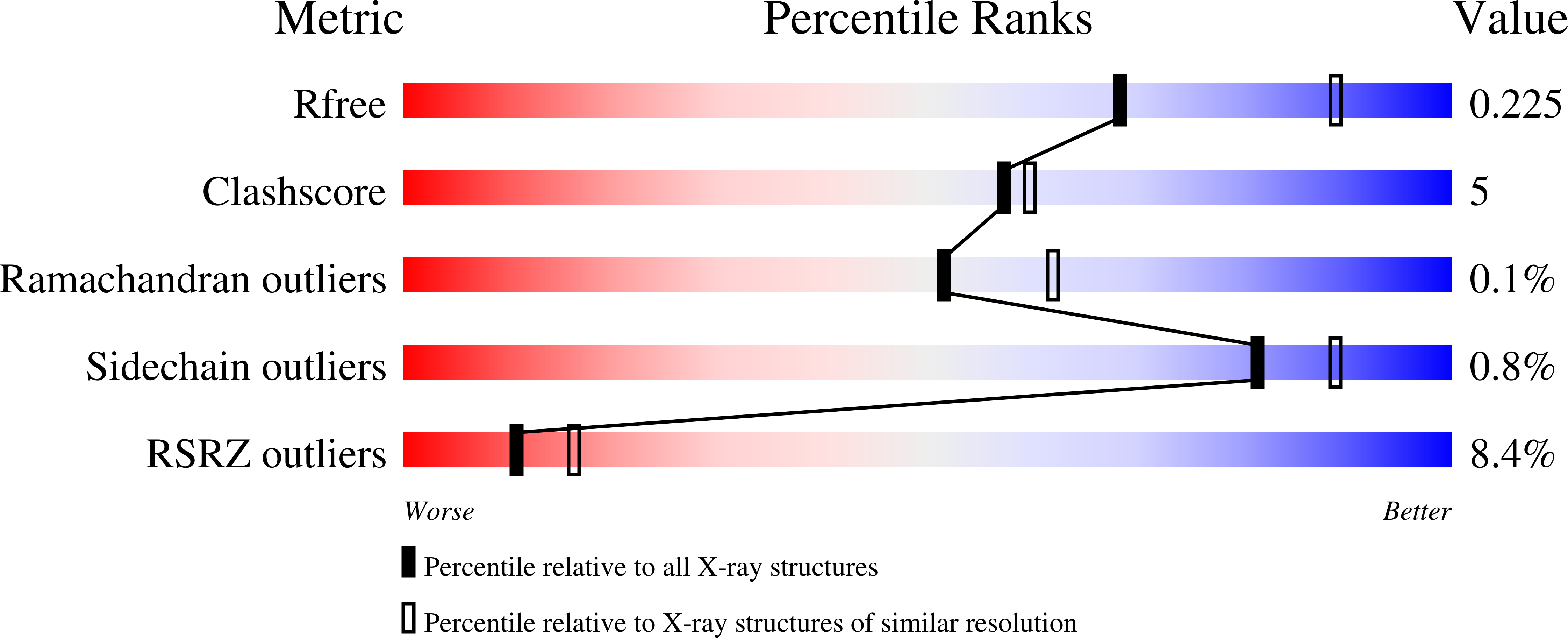
Deposition Date
2019-01-29
Release Date
2020-03-04
Last Version Date
2024-10-30
Entry Detail
PDB ID:
6NTE
Keywords:
Title:
Crystal Structure of Synechocystis Dihydroxyacid Dehydratase (DHAD)
Biological Source:
Source Organism:
Synechocystis sp. PCC 6803 (Taxon ID: 1148)
Host Organism:
Method Details:
Experimental Method:
Resolution:
2.33 Å
R-Value Free:
0.22
R-Value Work:
0.17
R-Value Observed:
0.17
Space Group:
P 1 21 1


